Description: The Harrier breed is similar to the English foxhounds, but we see it is smaller. This dog has a well proportioned head, it has a bold forehead. The muzzle is about the same length as the skull. The teeth met in a level or scissor bite. This breed has a black, wide, nose with open nostrils. This dog has medium sized eyes that are dark brown in colour. This breed have wide set ears that are low, hanging down to the side of the cheeks, and are brown or hazel in colour. The legs are straight, ending in round cats like feet. The tale is set high, and is long. The coat is short, glossy and fine and can be in any colour, with the most popular being tri-coloured. The height is 19-21 inches, and their weight is 40-60 pounds. This breed's life expectancy is 10-12 years.
History: The Harrier is believed to have been bred down in size, from the English foxhounds, but the exact origins are not clear. This breed is larger than the beagle. The Harrier was bred for hunting hares, and this is where it gained its name. This dog is popular in England, as it is slower, so it's good for the hunter on foot. This may be a slower dog, but its stamina in the field is brilliant. This dog has an excellent nose and is often worked in packs, in England. This dog is rare in the USA and was recognized by the AKC in 1885.
Temperament: This is a playful and outgoing dog, very similar to the foxhound. This breed has a sweet temperament and is tolerant and excellent with children. This is a good dog to have as a pack dog, or it can work on its own. This breed is not to be trusted with non canine pets. This dog explores and love sniffing and trailing and is an active dog. This breed requires patience and firm training, and the owner needs to be a good pack leader, providing mental and physical exercises, including good long daily walks. This breed can become destructive and highly strung, if not given enough exercise. The temperament of this dog, both the field and show lines vary widely, and it is down to how the owner treats the dog and the type of exercise they provide that will be a contributing factor to the temperament. The Harrier requires brisk walking. So the dog is best in the company of someone who enjoys jogging. This breed is best enjoyed by active people who enjoy hikes or hunting as this dog has a tendency to roam and track instinctively.
Health issues: The Harrier is of good general health, and occasionally has been known to have epilepsy and hip dysplasia.
Grooming: Harriers are easy to keep clean and tidy, only occasionally needing brushing or combing out the dead hair.
Living conditions: This breed is not recommended for apartment life. But if the owner was exceptionally active and able to incorporate the dogs daily needs it could work. A Harrier will enjoy acreage, and at least a large garden.

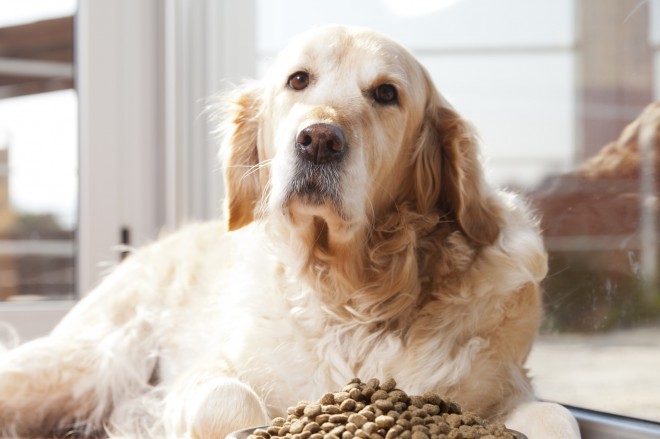 Five Canine Health Conditions That Can Be Helped Or Hindered By Their Food
Five Canine Health Conditions That Can Be Helped Or Hindered By Their Food
 What Makes A Dog Become Food Aggressive?
What Makes A Dog Become Food Aggressive?
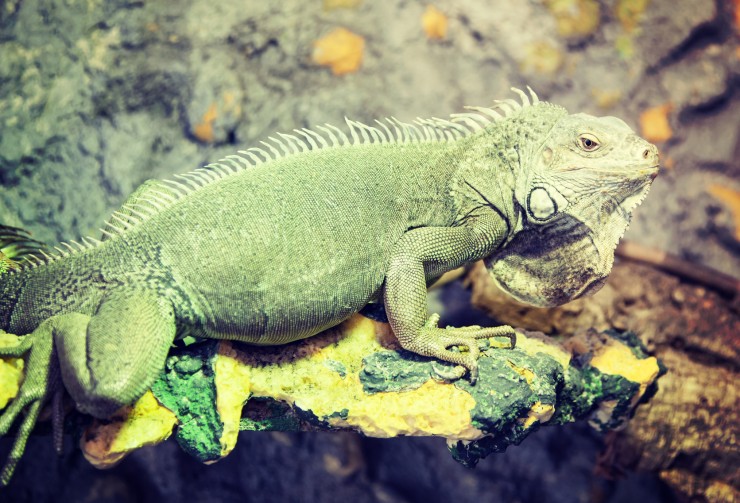 Six Essentials Your Reptile Terrarium Needs Before You Bring Your Pet Home
Six Essentials Your Reptile Terrarium Needs Before You Bring Your Pet Home
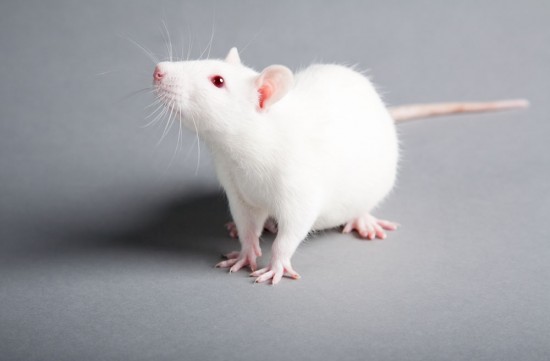 5 Reasons Why Rats Make Lovely Pets
5 Reasons Why Rats Make Lovely Pets
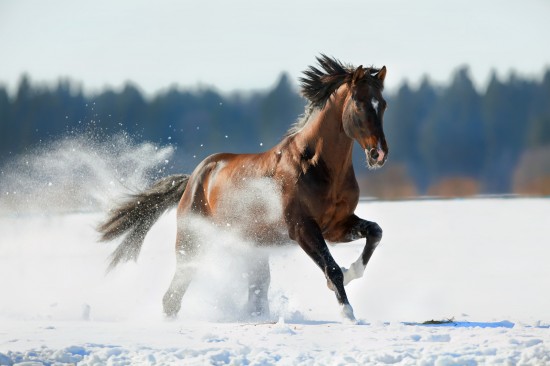 Getting Your Horse Ready For Winter
Getting Your Horse Ready For Winter
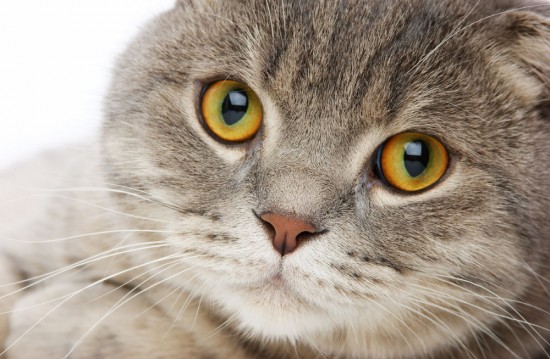 Feline Asthma - Signs, Symptoms And Treatment
Feline Asthma - Signs, Symptoms And Treatment
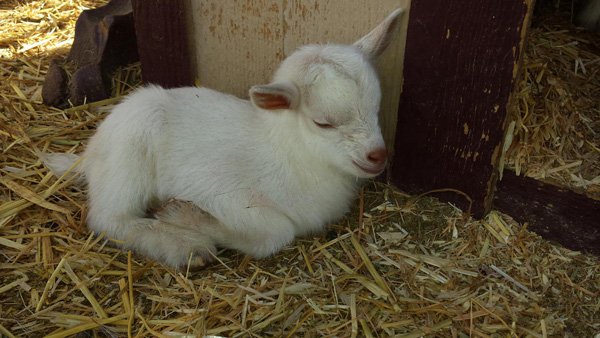 Turmeric for horses everything you need to know
Turmeric for horses everything you need to know
Turmeric for horses everything you need to know
Turmeric for horses everything you need to know
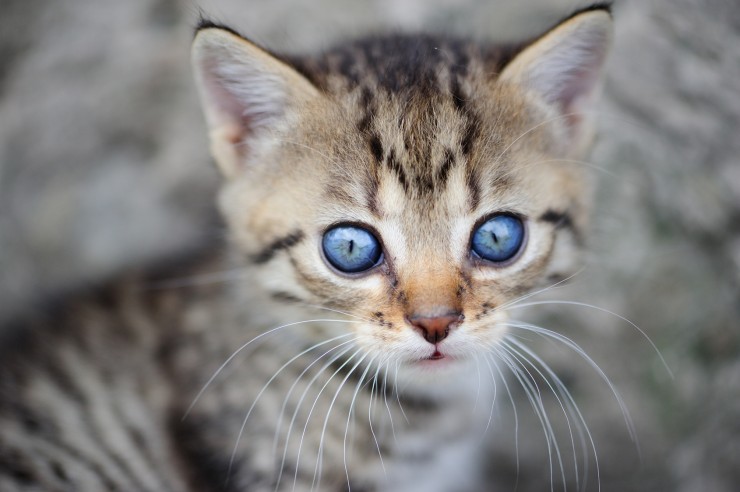 When Does A Kittens Eyes Change Colour?
When Does A Kitte
When Does A Kittens Eyes Change Colour?
When Does A Kitte
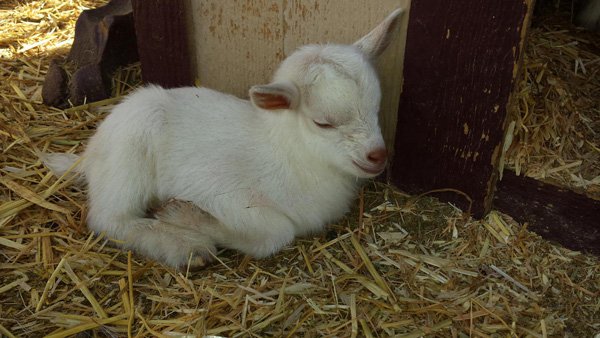 Choose the best catfish pellets for your catfish for their food needs
Choose the best catfish pellets for your catfish for their
Choose the best catfish pellets for your catfish for their food needs
Choose the best catfish pellets for your catfish for their
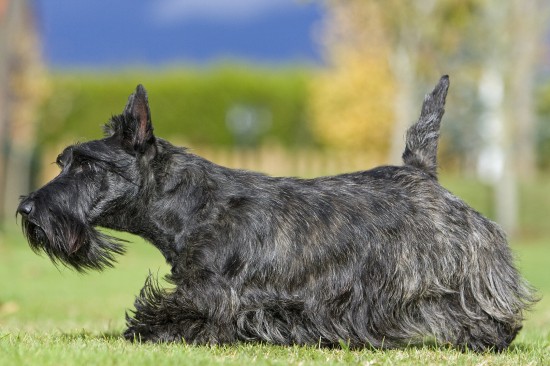 Scottish Terrier Hereditary Health And Longevity
Scottish Terrier
Scottish Terrier Hereditary Health And Longevity
Scottish Terrier
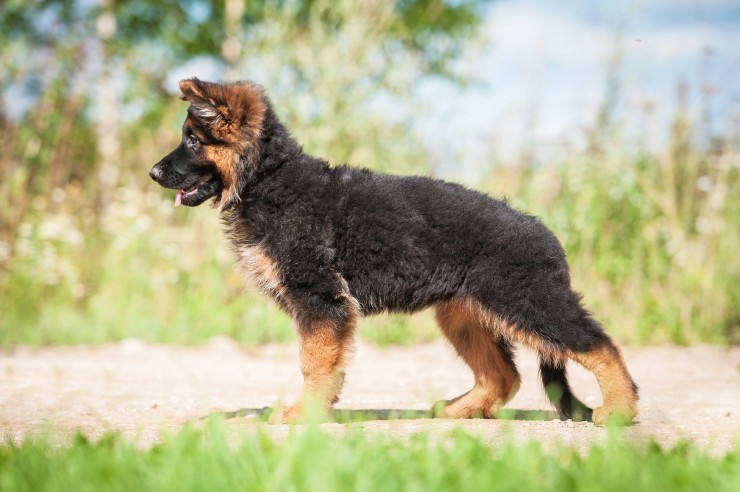 What Should A Puppy Health Guarantee Cover?
What Should A Pup
What Should A Puppy Health Guarantee Cover?
What Should A Pup